(DS 21/6) - The imprints of Sivaism and Buddhism in the Quang Nam region in the 10th century are still visible on the inscriptions in Cham relic sites.
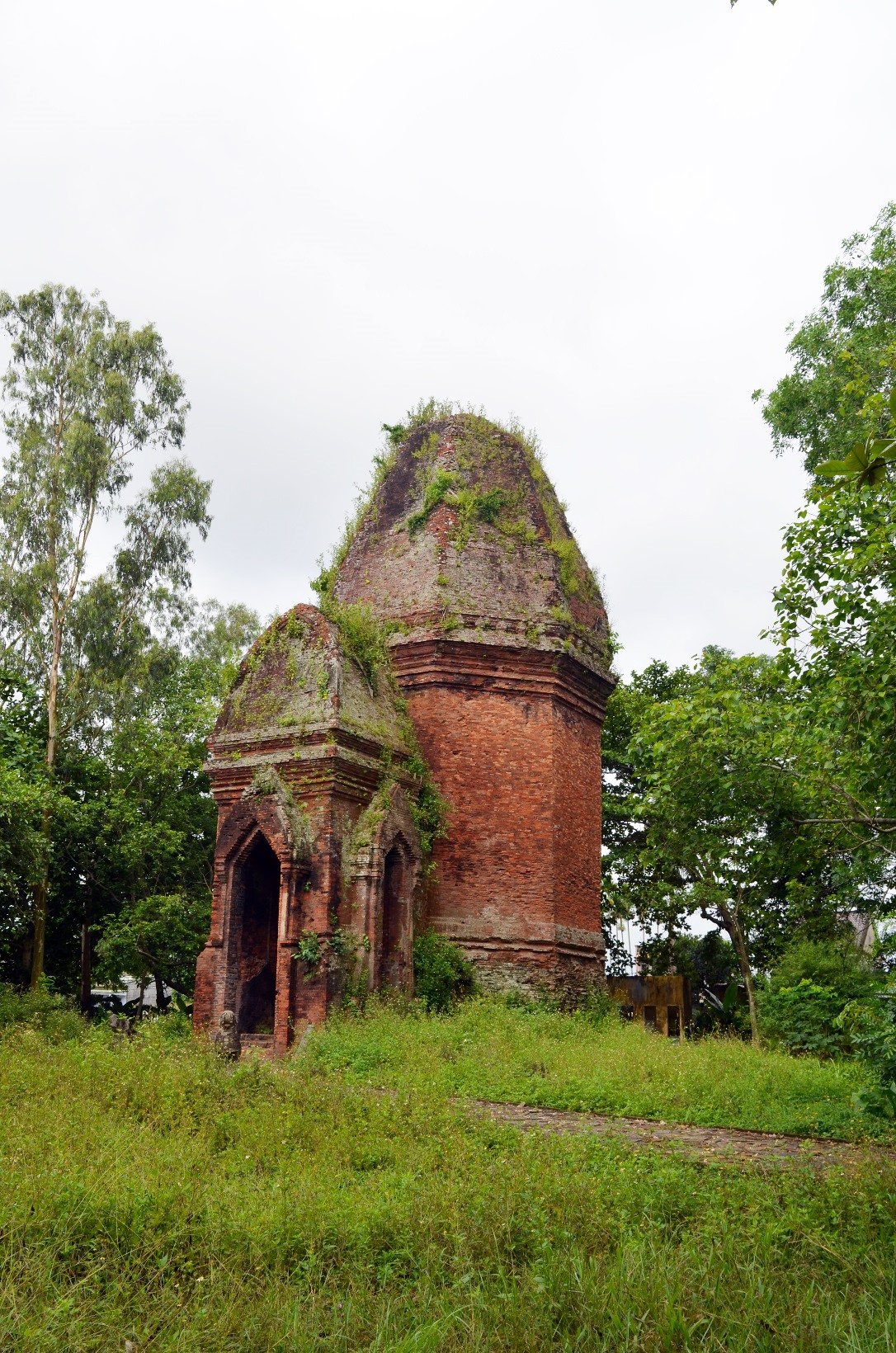
Changes of the times
Inscriptions at the My Son and Tra Kieu sites, from the 5th to the early 8th century, indicate the existence of a Champa dynasty influenced by Brahmanism, the Siva sect. Historical events in the mid-8th to mid-9th centuries in Champa and the Southeast Asian region led to the decline of the Siva dynasty in the Quang Nam region, followed by the emergence of a new dynasty, whose capital was named Indrapura (city of Indra) on the inscriptions.
Although the Indrapura Dynasty maintained the tradition of worshiping the supreme god Siva, it also accepted and promoted the teachings of Buddhism, especially Vajrayana - Tantric Buddhism. This was the dominant sect at that time in the South Indian region and spread to the island kingdoms of Southeast Asia, China, Japan and Tibet.
Vajrayana Buddhism honors the supreme Buddha Vairocana (Vai-lo-ca-na/Great Sun Buddha), who has both universal compassion and the power to control Buddhas and Bodhisattvas.
The rituals of Tantric Buddhism inherited the form of mantras from the Pasupata sect of the previous Siva sect and developed the way of reciting mantras and practicing according to diagrams representing the realms (mandalas), in which the Vairocana Buddha played a central role.
Tantric Buddhism paid attention to secular society, creating scriptures for the ruling class; creating the image of the supreme king of secular society corresponding to the supreme Buddha in Heaven.
The Suvarṇa-prabhāsa (The King of Golden Light) is an example; it states the qualities needed to become a king of a country and the rituals and practices of the king and royal officials. Thanks to this, Tantric Buddhism was quickly accepted by the kings of the kingdoms at that time.
In Champa, Tantric Buddhism was considered by the Indrapura dynasty as a spiritual support, supplementing the Siva tradition of previous dynasties. The inscription (symbol C 66) found at the Dong Duong relic (Thang Binh) established in 875 recorded the power of the god Siva to protect the land of Champa and at the same time honored Laksmindra-Lokeśvara, an incarnation of Avalokitesvara Bodhisattva who protected King Indravarman, the founder of the Indra dynasty.
Dong Duong relic is often referred to as "Buddhist temple", but the entire architecture retains the style of a Siva temple tower except for the gate pillars.
Religion and integration
The religious syncretism of the Indrapura dynasty won the support of the clergy and the merchant and artisan communities, including guilds with female support - a strength of the Tantric religious movement at that time.
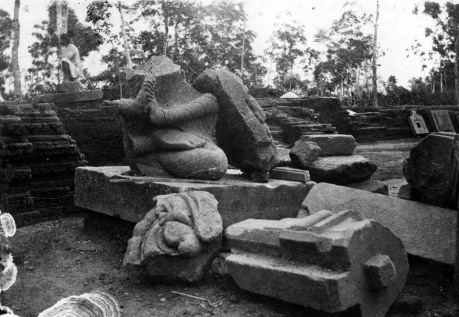
At the same time, the acceptance of Tantric Buddhism by the Indrapura dynasty helped Champa integrate a religious movement with widespread influence from mainland India, China to the island countries.
The great monks who traveled from India to China, or the other way around, had the opportunity to stop in Champa; at the same time, Champa also had the opportunity to come into contact with diverse cultures from many directions, not only from India and Java but also from Tibet, China and Japan.
This was the period when the magnificent religious architecture of Champa flourished in the Quang Nam region; the vestiges that remain today are the Dong Duong Buddhist monastery (9th-10th century), A1 tower in the My Son relic site (10th century), Khuong My tower (10th century), Bang An tower (10th century and later restored).
The inscriptions of this period used both Sanskrit (as before) and ancient Cham, with rich content, reflecting the diversity of beliefs as well as the development of social classes and relations with foreign countries.
Inscription C 108, found in Bo Mung (Dien Ban), established in 890, records a minister named Ajñā Manicaitya building a temple to worship Siva and his consort; although the project was of a family nature, it was sponsored by the king. Inscription C 106, found in Ban Lanh (Duy Xuyen), established in 898, records the construction of a temple by a minister named Sivakapla and a monk named Sivācārya.
Inscription C 67, found in Dong Duong (Thang Binh), 9th century, talks about the family of Queen Haradevī Rājakula building a temple to pray for blessings for the king and the royal family. Inscription C 138 (An Thai, Thang Binh, year 902) records the construction of a monastery, honoring the Buddha and Bodhisattvas, especially mentioning the realms of Mahavairocana, Amitabha, Sakyamuni and the Bodhisattvas Vajrapani.
Inscription C 141 (Bang An, Dien Ban, 906) mentions the envoys of the kingdoms to Champa. Inscription C 142 (Hoa Que, Da Nang , 909) states that a number of Siva temples and Buddhist monasteries were built by a family with a marriage relationship with the Champa royal family in the river wharf area near the Han estuary.
The syncretic nature of Champa from the 10th century, combining the worship of Brahmanical gods with Buddhas and Bodhisattvas, along with awareness of indigenous languages and diverse diplomatic relations helped Champa in general and the Quang Nam region to develop strongly in the 10th century.
However, Champa also faced general changes in the region; directly the development of the Angkor empire in the southwest and the birth and growth of Dai Viet in the north. After the 10th century, the land of Quang Nam witnessed great changes.
Source




![[Photo] Prime Minister Pham Minh Chinh receives Rabbi Yoav Ben Tzur, Israeli Minister of Labor](https://vphoto.vietnam.vn/thumb/1200x675/vietnam/resource/IMAGE/2025/5/21/511bf6664512413ca5a275cbf3fb2f65)
![[Photo] Scientific workshop "Building a socialist model associated with socialist people in Hai Phong city in the period of 2025-2030 and the following years"](https://vphoto.vietnam.vn/thumb/1200x675/vietnam/resource/IMAGE/2025/5/21/5098e06c813243b1bf5670f9dc20ad0a)
![[Photo] Prime Minister Pham Minh Chinh receives the President of Asia-Pacific region of PowerChina Group](https://vphoto.vietnam.vn/thumb/1200x675/vietnam/resource/IMAGE/2025/5/21/0f4f3c2f997b4fdaa44b60aaac103d91)
![[Photo] Coming to Son La, let's "show off" with the Wallflowers](https://vphoto.vietnam.vn/thumb/1200x675/vietnam/resource/IMAGE/2025/5/21/627a654c41fc4e1a95f3e1c353d0426d)
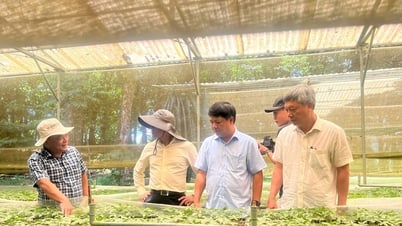
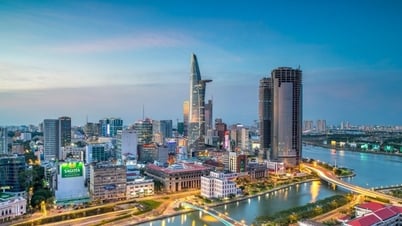
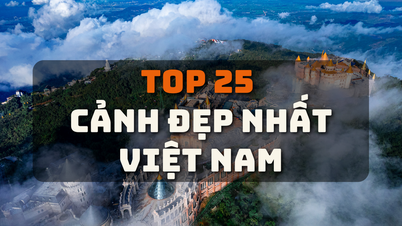
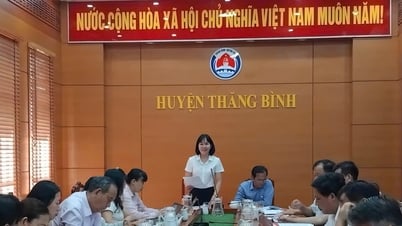
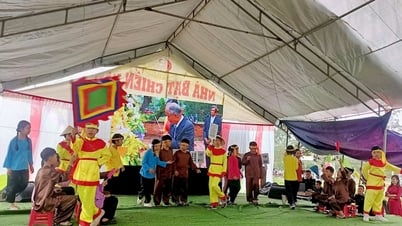
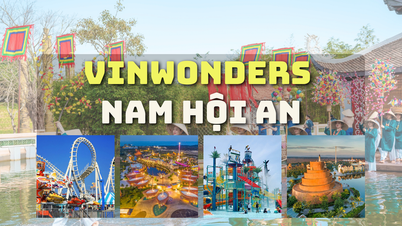




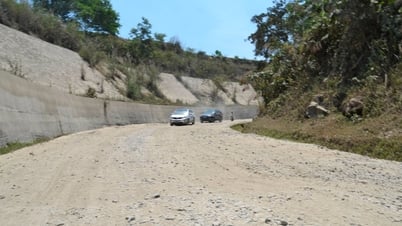

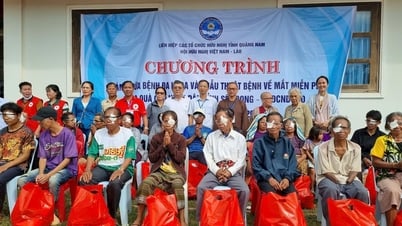

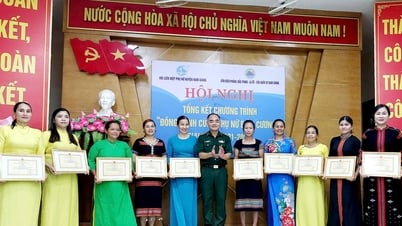
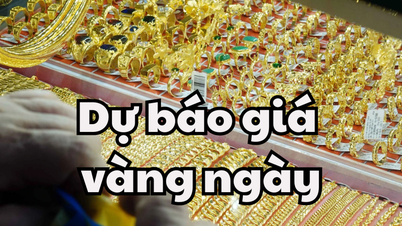
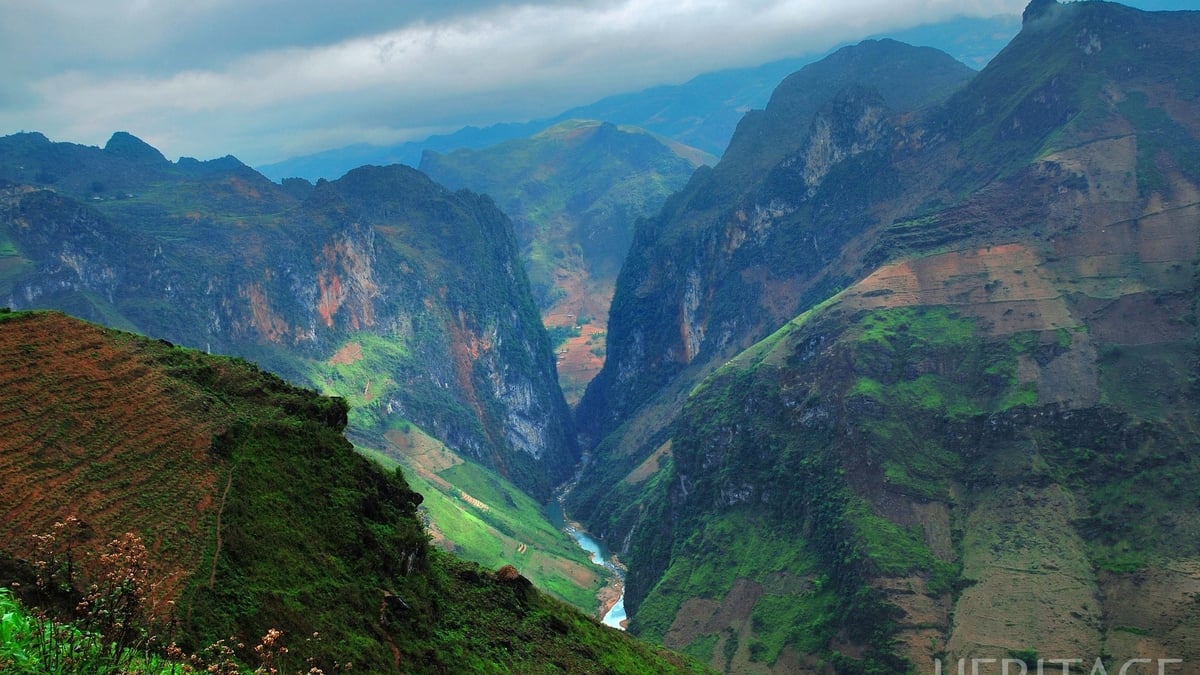


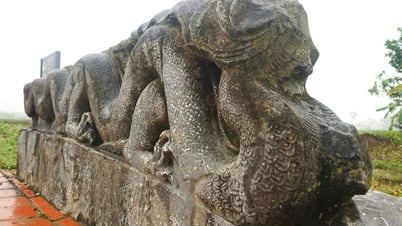



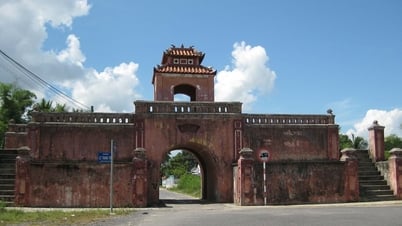





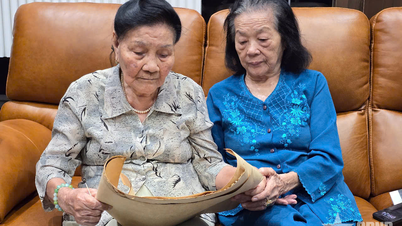















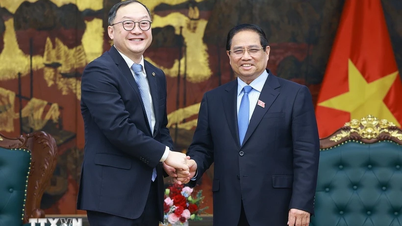

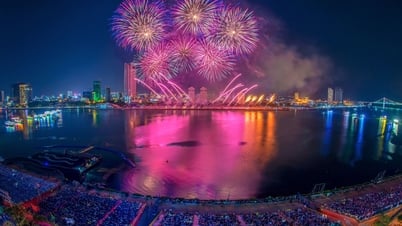

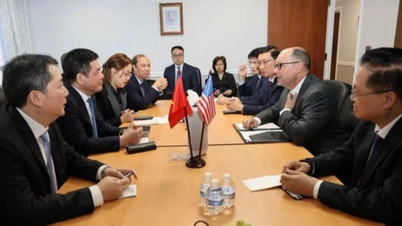
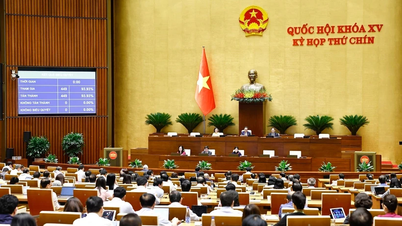
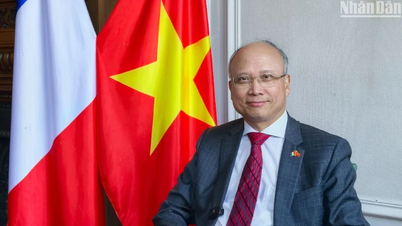



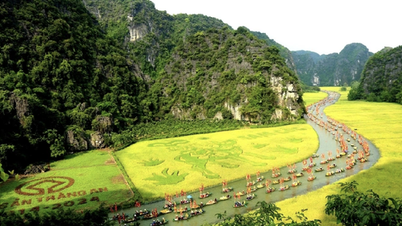
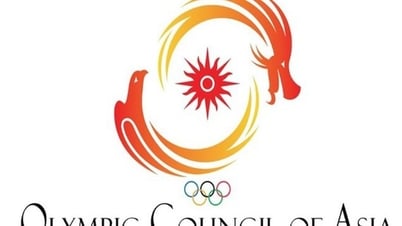
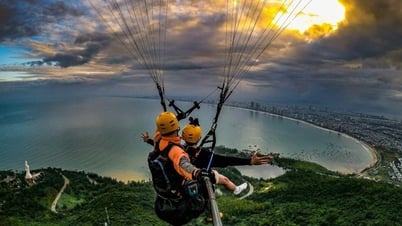

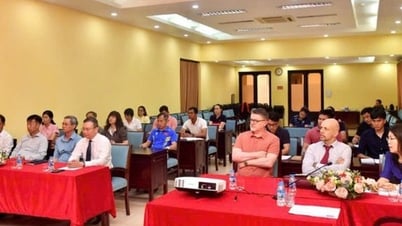
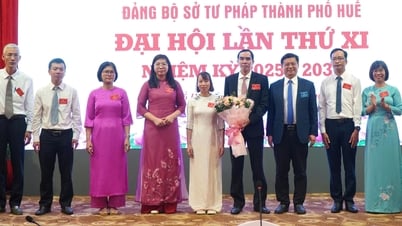

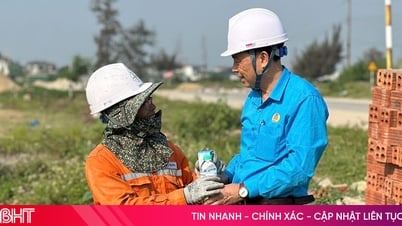

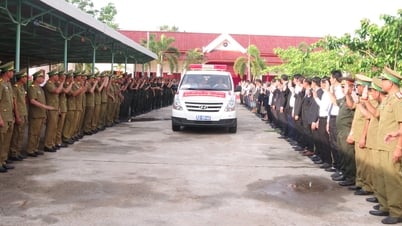
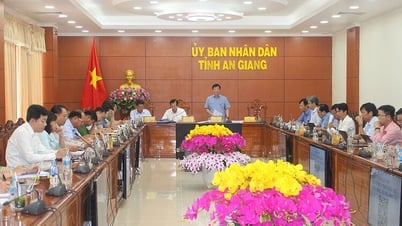









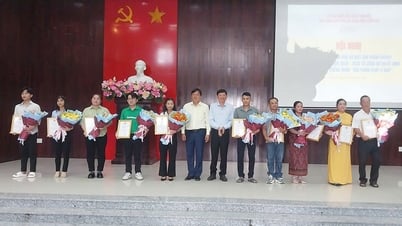



Comment (0)